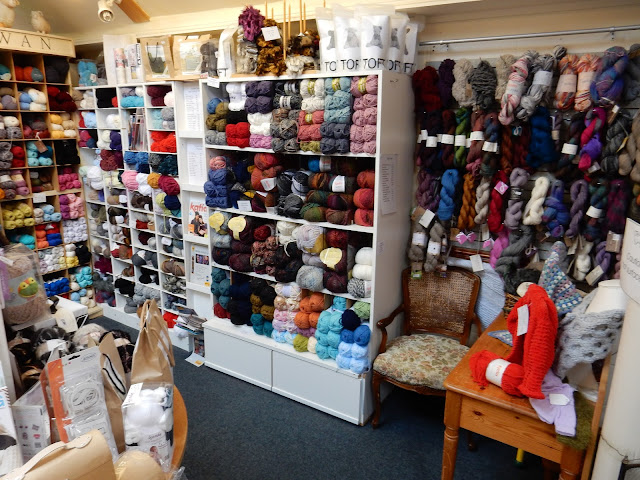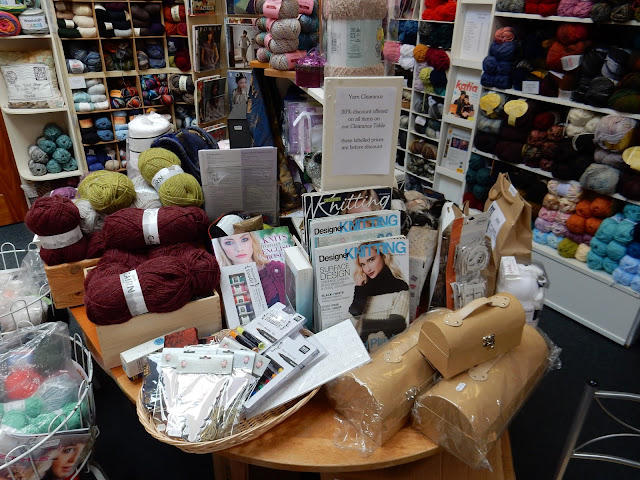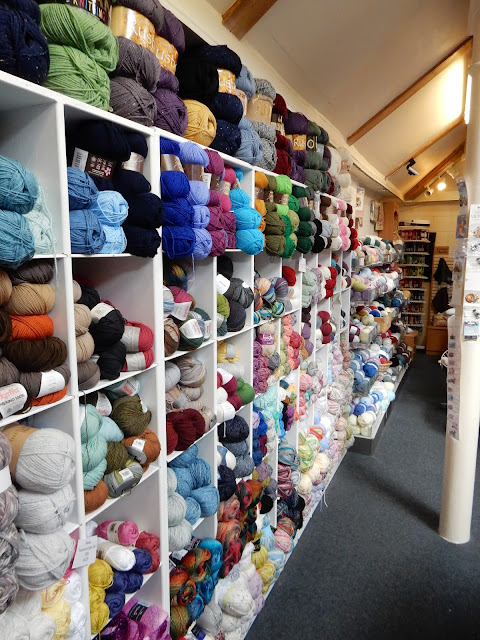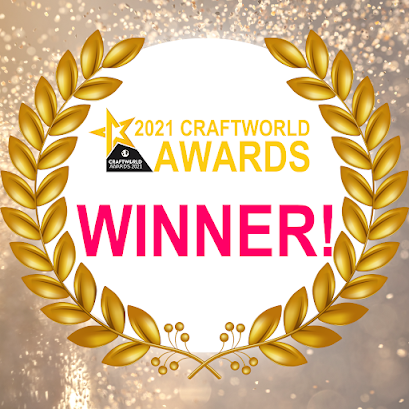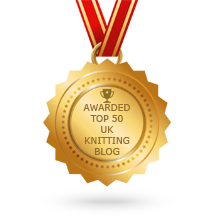I was lucky enough to get a tour of Spa Mill last week when I went up to Stylecraft HQ. I had missed the tour that the rest of the
Blogstars had been on last summer because of work, and was very interested to see the workings of a spinning mill. There are very few mills still in operation now here in the UK, more's the pity; most have been turned into offices or apartments. Spa Mill is the home of Spectrum Yarns, which produces Stylecraft, Yarn Stories and Glenbrae Knitwear. The mill started life back in the early 1900's as a cotton mill. It has 6 floors and is built in an L-shape. My guide for the tour was Richard Brown, the owner, who was extremely generous with his time. Thank you Richard!


The
Stylecraft yarn isn't spun here - it's made under licence in Turkey and every batch undergoes rigorous testing here in the Mill to check for quality control.
Yarn Stories is spun here, along with a hard wearing woollen yarn which is used for manufacturing seat covers which are used in public areas such as airports and cinemas. The
Glenbrae knitwear brand is also based here, producing high quality woollen sweaters.
The floors in the mill are covered in maple wood. This was done as a necessity when the mill was spinning cotton to minimise the risk of an explosion. Cotton dust and a spark from the metal-soled clogs that the workers wore would have equalled disaster.
I love how the steps of the mill have been worn down by generations of mill workers walking up and down them.
The whole production process is carefully monitored by lots of hi-tech machinery, which means that the yarn that is produced is very consistent. The process starts with the processing of the raw fibre. Some is natural but there is also a lot of dyed fibre - blues, reds and greens were the colours I saw on the day of my visit.
The fibres are drawn out gradually by being passed through machines, gradually thinning it down and lining up all the fibres parallel with each other. This process happens more than once.
You can see how the colours get blended as the fibres are drawn out. It goes in like this ...
and comes out like this ...
These fibres are then drawn again, producing a much thinner fibre. It reminded me a little of pencil roving.
This fibre is then spun onto bobbins. As one bobbin is filled, it drops out and is replaced automatically by the next one. A mill worker is constantly walking up and down between the machines, checking for breakages which occasionally happen. Yarn is re-threaded with minimum disruption to the whole operation.
The bobbins get steamed to set the twist in the yarn and then they are used for spinning the thread that is used for the seat upholstery fabric or for Yarn Stories yarn. The mill operates 24 hours a day Monday to Thursday with a shutdown on Fridays to clean the mill from top to bottom. As we walked around the mill, I was struck by the friendly atmosphere there. Nothing like the terrifying spinning mills in Victorian times when conditions for workers were so harsh. Thank goodness times have changed.
There is a whole room dedicated to embroidering the logos onto the Glenbrae knitwear - there are a number of rather
prestigious clients.
As I said earlier, the company take quality control very seriously and this ensures that the yarn that is produced is of a consistently high quality. I would have liked to browse longer at this fabulous wall of yarns in the testing room.
And although the Stylecraft yarns aren't made here, they are stored here! It would be fun to have a 'trolley dash' here, don't you think?! A team of pickers is constantly on the go, fulfilling orders for yarn shops around the country.
It really was fascinating to see something of the processes involved in spinning yarn and I am very grateful to Annabelle Hill for arranging it for me, After the tour, I sat in on a meeting where new yarns were being discussed! My lips are very tightly sealed, but I will just say that there are some real treats in the pipeline! I'll tell you more as soon as I'm allowed! xxx







